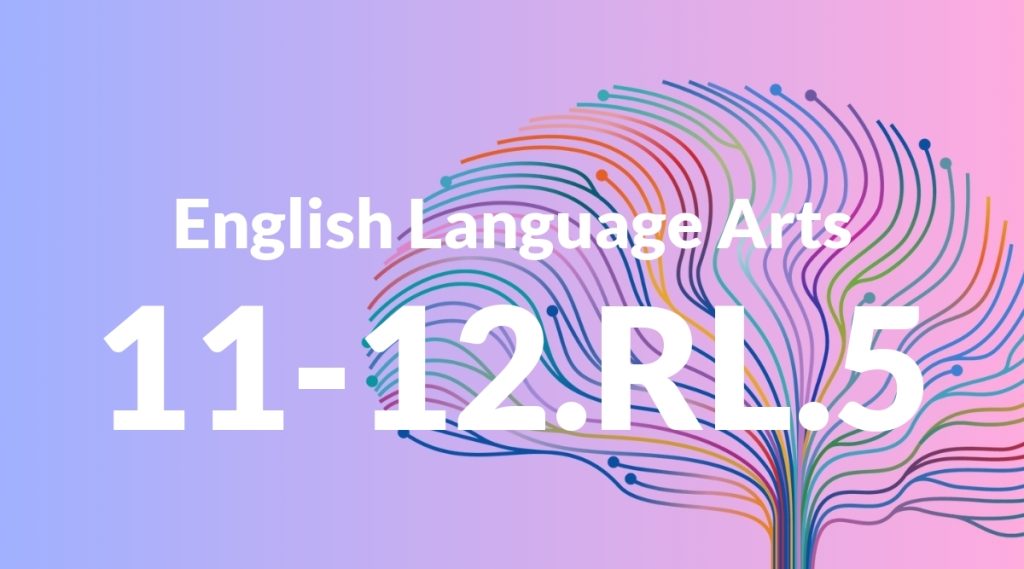Standard: 2.RL.5 – Describe the overall structure of a story, including describing how the beginning introduces the story and the ending concludes the action.
Grade level: Grade 2
Subject: English Language Arts
Domain: Reading: Literature
Teacher Overview
This standard focuses on helping students understand the overall structure of a story, including how the beginning sets up the story and how the ending wraps up the action. This foundational skill is crucial for developing deeper comprehension and analytical skills in literature. Students should know basic story elements such as characters, setting, and simple plot events.
Students will move on to analyze more complex narrative structures and understand literary devices such as foreshadowing and flashbacks.
Common Misconception 1
Students may think that the beginning of a story is just the first sentence, not realizing that it encompasses the introduction of characters, setting, and the initial situation.
Intervention 1
Use story maps and graphic organizers to help students identify and outline the beginning, middle, and end of a story.
Common Misconception 2
Students might believe that the ending of a story is just the last sentence, missing the broader resolution of the story’s main conflict.
Intervention 2
Discuss and analyze the resolution of the story’s main conflict or the conclusion of the story’s action with students, emphasizing the broader narrative arc.
Prerequisite Knowledge
Students should have a basic understanding of what a story is, including key elements like characters, setting, and simple plot events.
Subsequent Knowledge
Students will develop the ability to analyze more complex narrative structures and understand literary devices such as foreshadowing and flashbacks.
Instructional Activities
- Read a short story and identify the beginning, middle, and end as a class.
- Create a storyboard for a familiar story, focusing on the beginning, middle, and end.
- Write a short story with a clear beginning, middle, and end.
- Discuss and analyze the plot structure of a favorite book or movie.




